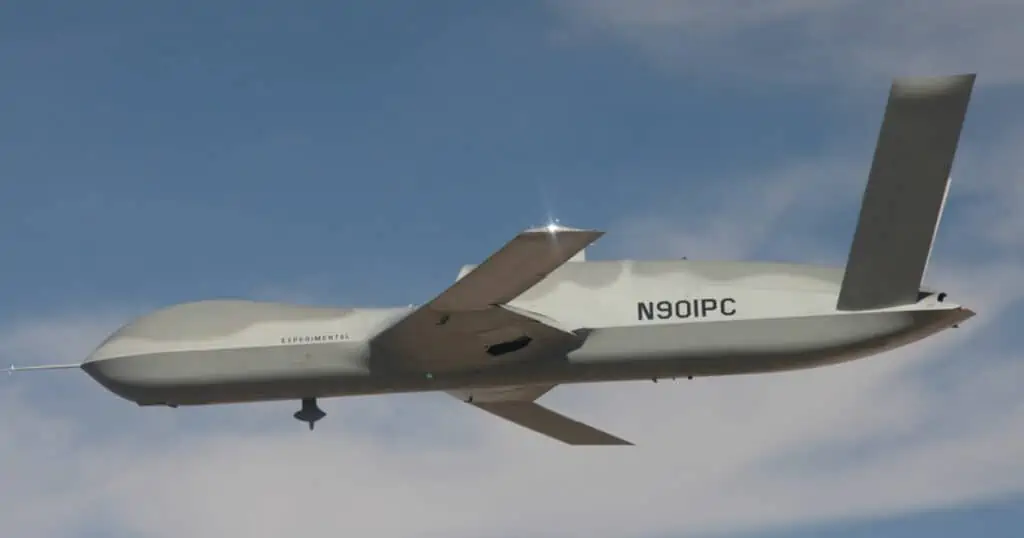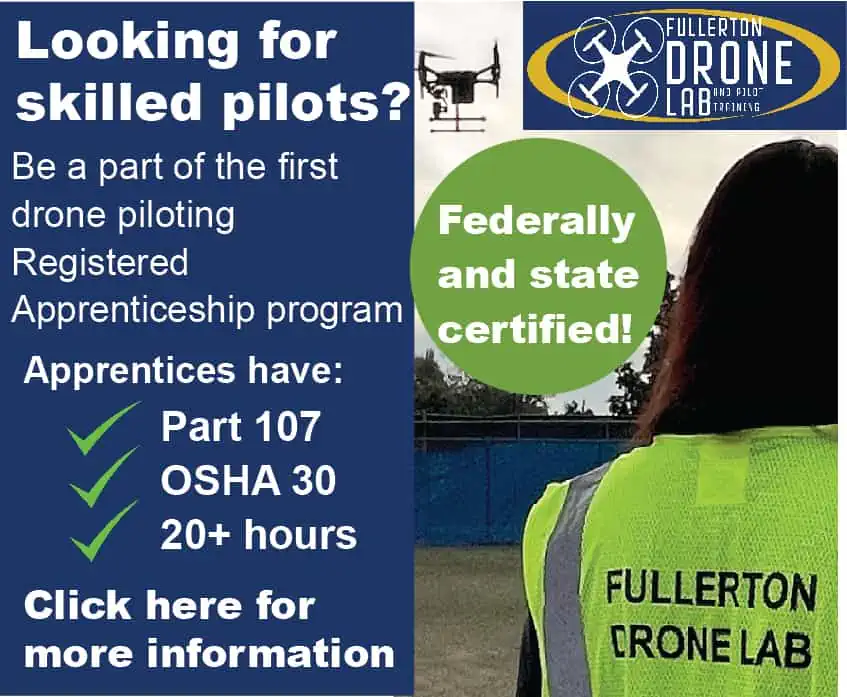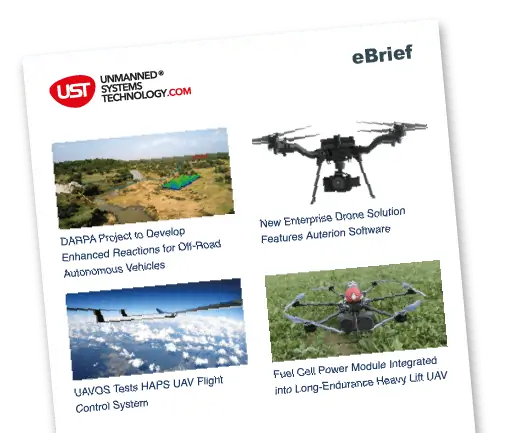
General Atomics Aeronautical Systems (GA-ASI) has confirmed that it has paired a company-owned MQ-20 Avenger Unmanned Aircraft System (UAS) with a Sabreliner, operated by Lockheed Martin and acting as a surrogate fighter, and two F-5 Advanced Tigers (AT) from Tactical Air Support configured with internal TacIRST sensors, to perform multi-platform infrared sensing. During this event, all aircraft performed coordinated maneuvers to sense relevant airborne targets in the infrared spectrum. The MQ-20 and Sabreliner were digitally connected over a Tactical Targeting Network Technology (TTNT) mesh network to share sensing observations.
In addition to the live-flight aircraft, five digital twins of the MQ-20 were integrated to autonomously fly a Live, Virtual, Constructive (LVC) collaborative combat mission.
All live aircraft had operational next-generation Tactical Infrared Search and Track (TacIRST) sensors during the test to provide Air-to-Air Moving Target Tracking. These live tracks were provided by Lockheed Martin’s TacIRST sensor and were processed on a General Dynamics Mission Systems EMC2 Multi-Function Processor (MFP), commonly referred to as “the Einstein Box.” Using this software-defined architecture, the flight demonstrated crewed and uncrewed teaming between the MQ-20s, Sabreliner and manned F-5 AT tactical fighters.
To accomplish the multi-company integration, the MQ-20 team used a government-furnished CODE autonomy engine and the government-standard Open Mission Systems (OMS) messaging protocol to enable communication between the autonomy core and TacIRST. In addition, GA-ASI used General Dynamics’ EMC2, an open architecture MFP with multi-level security infrastructure to run the autonomy architecture, demonstrating the ability to bring high-performance computing (HPC) resources to ACPs to perform quickly tailorable mission sets depending on the operational environment.
This is another in an ongoing series of autonomous flights performed using internal research and development (IRAD) funding to prove out important concepts for ACPs.
Michael Atwood, GA-ASI’s Senior Director of Advanced Programs, commented: “This test flight has broken new ground for us. It demonstrated effective collaboration between four established defense prime contractors flying with advanced sensing, crewed and uncrewed teaming, and advanced airborne high-performance computing to meet challenging air dominance scenarios. This is a clear demonstration of our rapidly maturing Autonomous Collaborative Platform (ACP) mission system suite and moves us one step closer to providing this revolutionary capability to the warfighter.”
Matthew Merluzzi, Senior Program Manager at Lockheed Martin, stated: “Flying four platforms with TacIRST installed was a major milestone for Lockheed Martin. By leveraging open mission systems, our team has demonstrated that common platform integration is possible across a variety of vehicles bringing advanced capabilities to our warfighters quicker and more affordably.”


















